Home>Ideas and Tips>Smart Garage Door Opener Safety Sensor Alignment
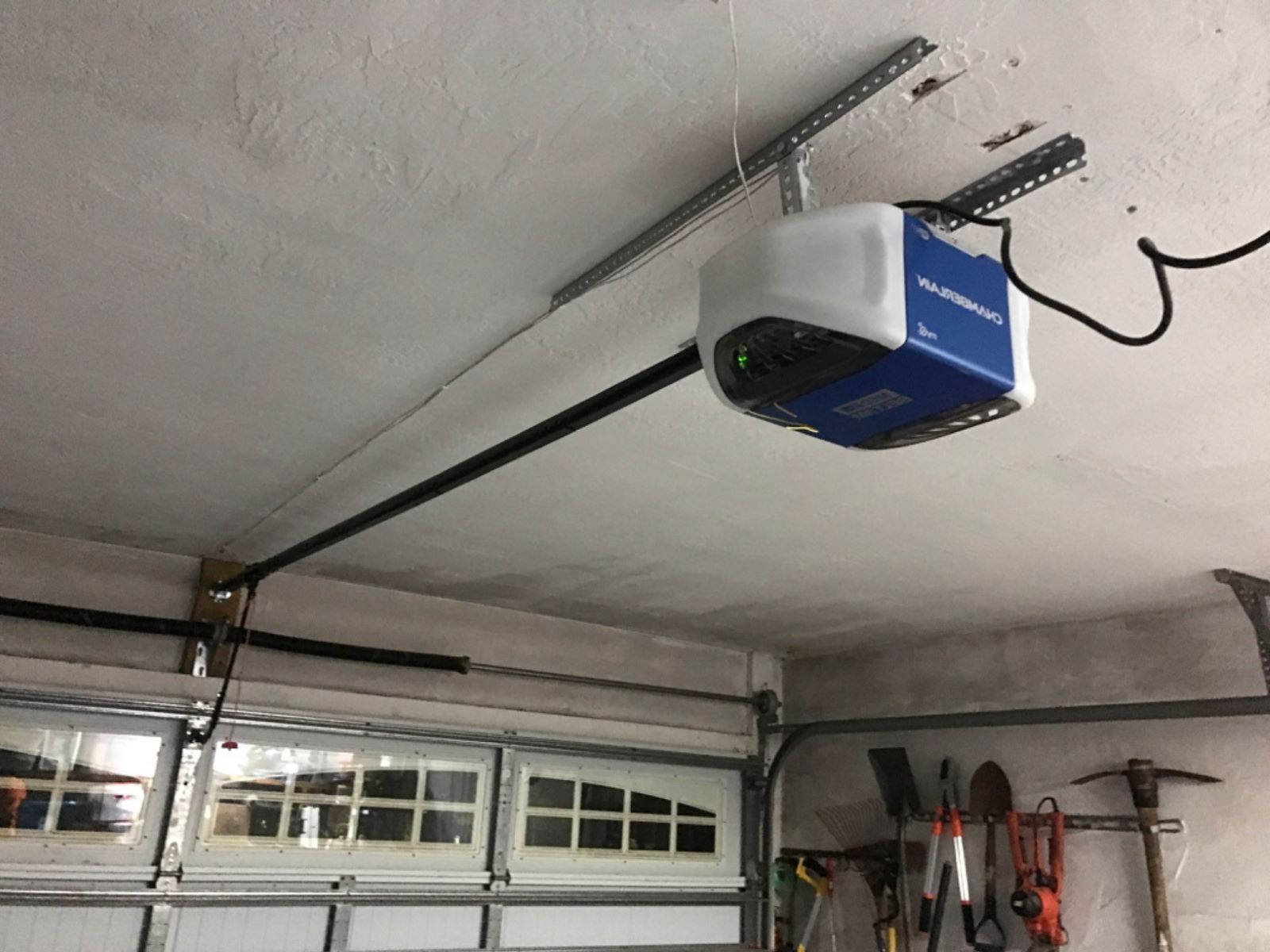

Ideas and Tips
Smart Garage Door Opener Safety Sensor Alignment
Modified: October 20, 2024
Ensure your garage door's safety with proper sensor alignment. Learn troubleshooting tips and maintenance for optimal performance and security.
(Many of the links in this article redirect to a specific reviewed product. Your purchase of these products through affiliate links helps to generate commission for Storables.com, at no extra cost. Learn more)
Garage door openers have become an essential part of modern home automation, providing convenience and safety. One of the critical components of these systems is the safety sensor, which ensures that the garage door does not close on objects or individuals in its path. However, these sensors can sometimes malfunction or become misaligned, leading to unexpected door reversals or improper closings. In this article, we will delve into the importance of safety sensor alignment, common issues that may arise, and step-by-step troubleshooting guides to help you maintain optimal garage door function.
Importance of Safety Sensor Alignment
Safety sensors, also known as photo eyes, are crucial for preventing accidents and injuries. They work using infrared technology to detect any obstructions in the path of the closing door. The sender emits an infrared beam towards the receiving unit, which communicates a ‘clear path’ signal to the door opener if the beam is uninterrupted. If an object blocks the beam, the receiving unit detects the interruption and sends a signal to halt the closing process, reversing the door to open.
Proper alignment of these sensors is essential for their smooth and safe operation. Misalignment can disrupt this harmony, leading to unexpected door reversals or improper closings. For instance, if one of the photo eyes is slightly off, it may not detect the infrared beam properly, causing the door to close inappropriately. This not only poses a risk but also necessitates regular maintenance and alignment checks.
Read more: How To Align Chamberlain Garage Door Sensors
Common Issues with Safety Sensors
-
Misalignment
- Misalignment is one of the most common issues with safety sensors. It can occur due to accidental bumping or improper installation. Signs of misalignment include the necessity to hold down the close button to bypass the safety feature or experiencing unexpected door reversals.
-
Dirty Photo Eyes
- Dust and debris on the lenses of the photo eyes can interfere with the infrared beam, causing malfunctions. Regular cleaning with a soft cloth can often resolve this issue.
-
Obstructions
- Objects such as buckets, brooms, or boxes left in front of the sensors can block the infrared beam, preventing the door from closing properly. Ensuring that the area around the sensors is clear is crucial for their operation.
-
Bad Wiring
- Sometimes, the sensors may have pinched wires that drop their voltage, leading to inconsistent operation. Checking the wiring for damage and ensuring proper connections is essential for maintaining optimal sensor function.
Troubleshooting Guide
Step 1: Check Sensor Alignment
- Visual Inspection: Start by visually inspecting the sensors to ensure they are parallel and at the correct height (typically 6-9 inches off the floor).
- LED Lights: Check the LED lights on both the transmitter and receiver units. The transmitter should have a steady green light, while the receiver should have an LED that goes off when the beam is interrupted.
Step 2: Clean the Sensors
- Dust and Debris: Use a soft cloth to wipe away any dust or debris from the lenses of the photo eyes. This simple step can often resolve issues related to dirty sensors.
Step 3: Check for Obstructions
- Clear Area: Ensure that there are no objects obstructing the path of the infrared beam. Move any items that might be blocking the sensors to a safe distance.
Step 4: Inspect Wiring
- Loose Connections: Check the wiring for any loose connections or pinched wires. Ensure that all connections are secure and not damaged.
Step 5: Reset the Sensors
- Manual Override: If the sensors are still not functioning correctly, try holding down the close button to bypass the safety feature temporarily. This can help you diagnose if the issue is indeed related to sensor alignment or another problem.
Advanced Troubleshooting
Sensor Realignment
- Tools Needed: You may need a laser level or string to achieve accurate alignment of the sensors. Here’s a step-by-step guide:
- Mark the Floor: Use a marker to mark the exact position where the sensors should be placed.
- Adjust Sensors: Adjust the sensors so that their LED lights are parallel and aligned with the marks on the floor.
- Test Alignment: Test the alignment by ensuring that the LED lights on both units are steady and not blinking.
Sensor Replacement
- Identify Model: If you suspect that your sensors need replacement, identify the model number of your garage door opener. This information can help you purchase the correct replacement sensors.
- Purchase Replacement: Buy replacement sensors that match your model number. For example, the 41A5034 Chamberlain/Liftmaster set with a yellow transmitter LED is commonly used.
Regular Maintenance
Regular maintenance is crucial for ensuring that your garage door safety sensors function correctly. Here are some tips:
- Clean Sensors Regularly: Clean the lenses of the photo eyes regularly using a soft cloth to prevent dust and debris buildup.
- Check Alignment: Perform regular checks to ensure that the sensors are properly aligned. Misalignment can lead to malfunctions, so it’s essential to address this issue promptly.
- Inspect Wiring: Regularly inspect the wiring for any signs of damage or pinched wires. Ensure that all connections are secure and not damaged.
- Seek Professional Help: If you encounter persistent issues with your garage door safety sensors, it’s advisable to seek professional help. Garage door technicians have the expertise to diagnose and repair sensor-related problems without compromising safety.
Read more: How To Fix Garage Door Opener Sensor
Conclusion
Maintaining optimal garage door function is crucial for ensuring safety and convenience. Proper alignment of safety sensors is essential for preventing accidents and injuries. By following the troubleshooting guide outlined in this article, you can identify and rectify common issues related to sensor misalignment, dirty photo eyes, obstructions, and bad wiring. Regular maintenance and prompt troubleshooting can significantly enhance the lifespan of your garage door and ensure its safe operation.
In summary, smart garage door opener safety sensor alignment is not just a matter of convenience; it’s a critical aspect of home safety. By understanding how these sensors work, identifying common issues, and following the steps outlined in this article, you can ensure that your garage door operates smoothly and safely, providing peace of mind for you and your family.
Was this page helpful?
At Storables.com, we guarantee accurate and reliable information. Our content, validated by Expert Board Contributors, is crafted following stringent Editorial Policies. We're committed to providing you with well-researched, expert-backed insights for all your informational needs.
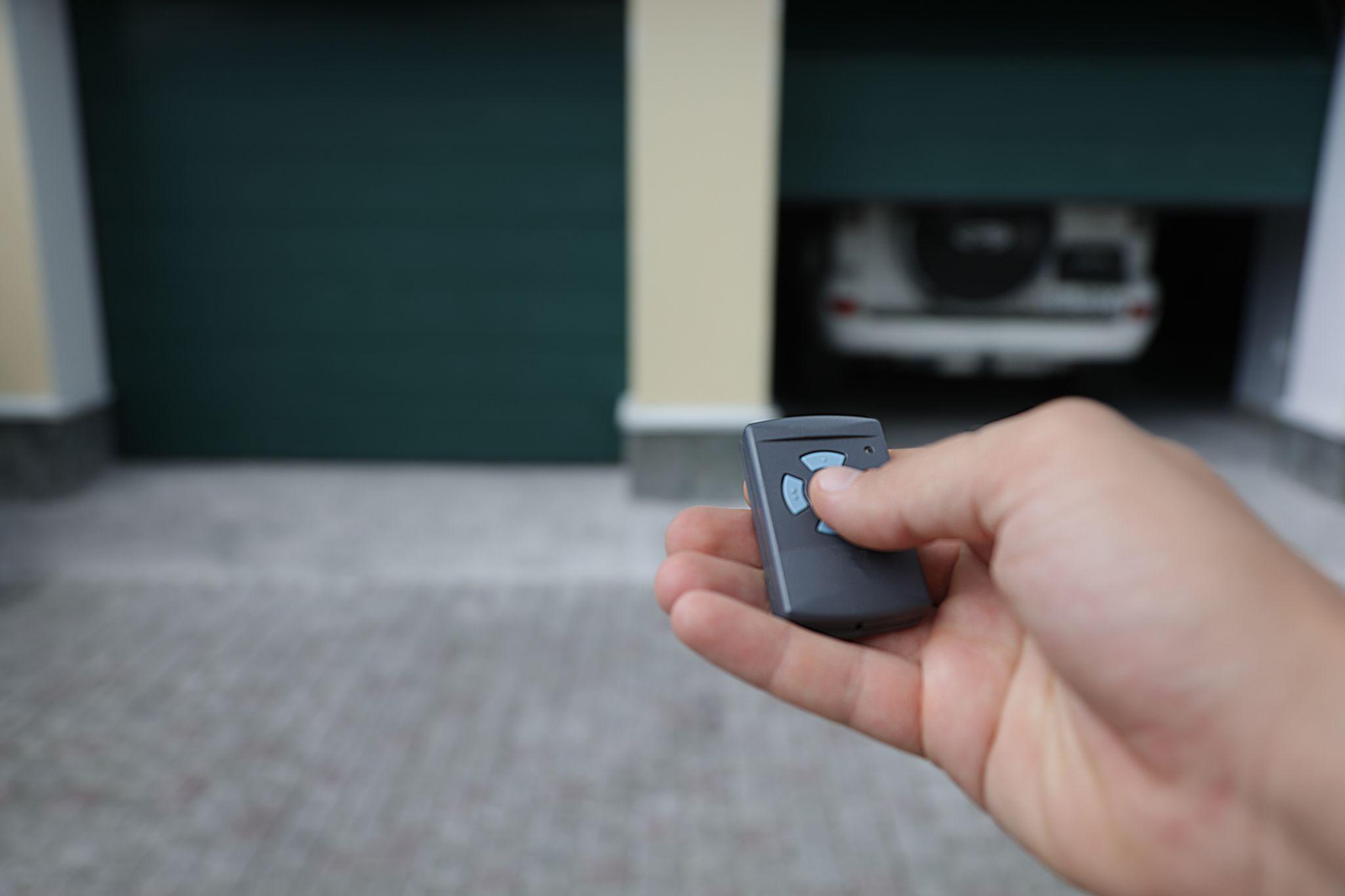
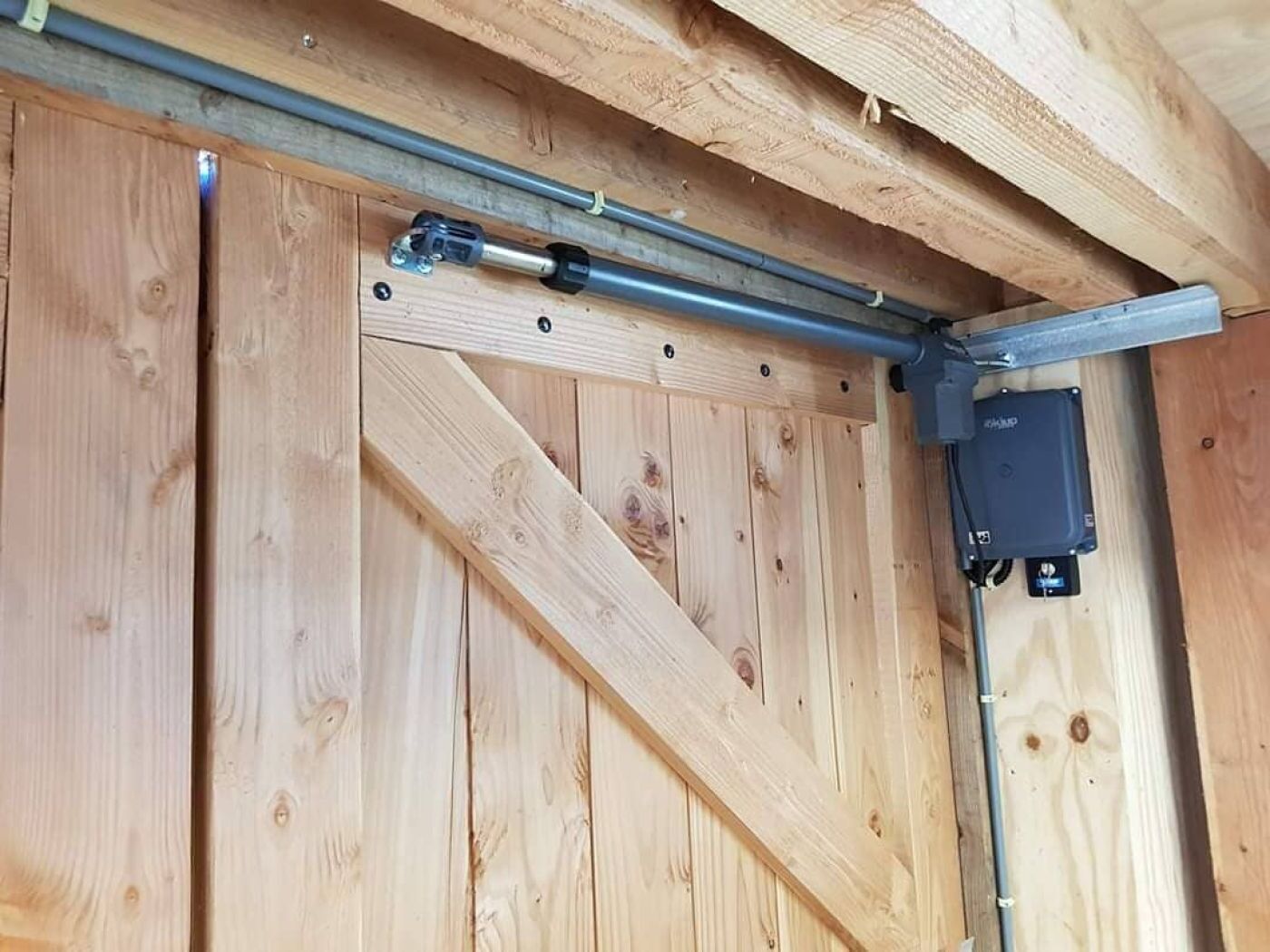
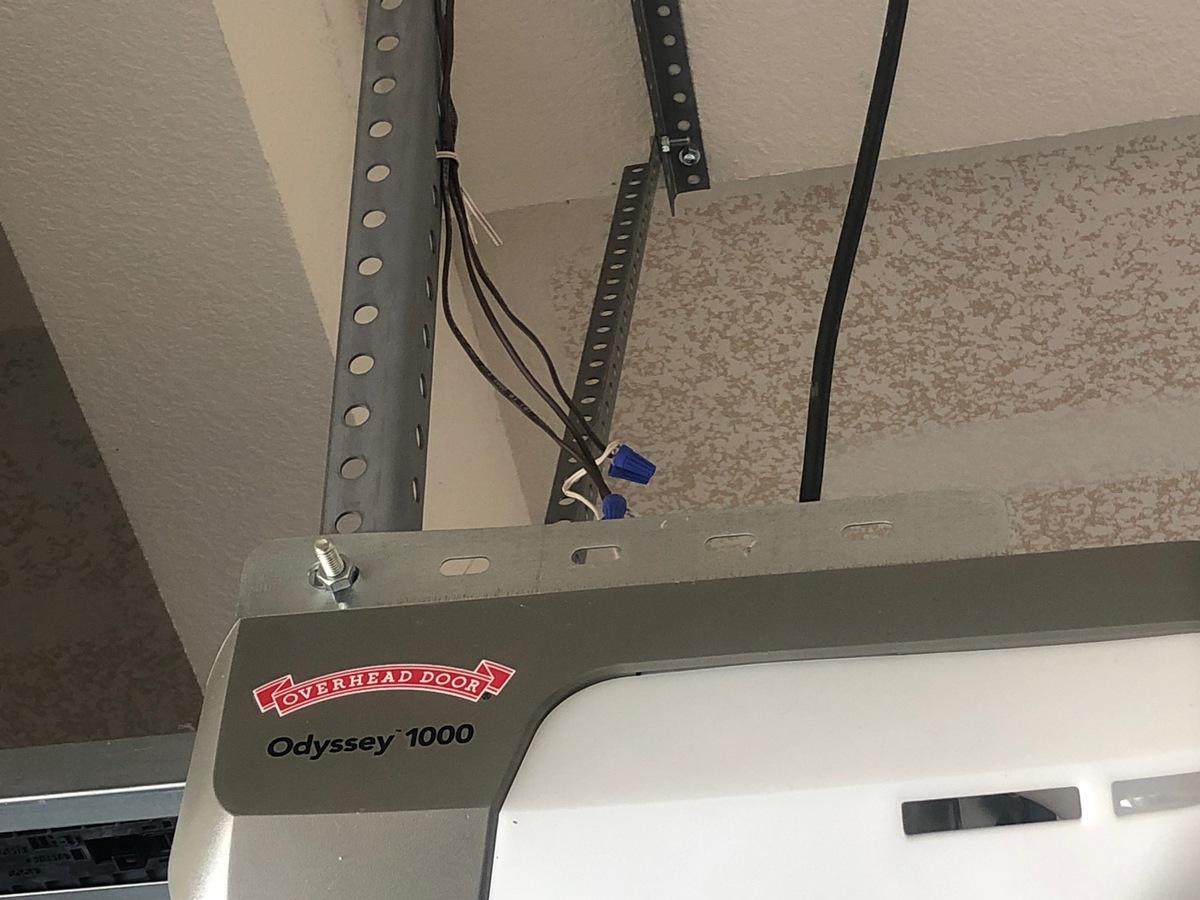
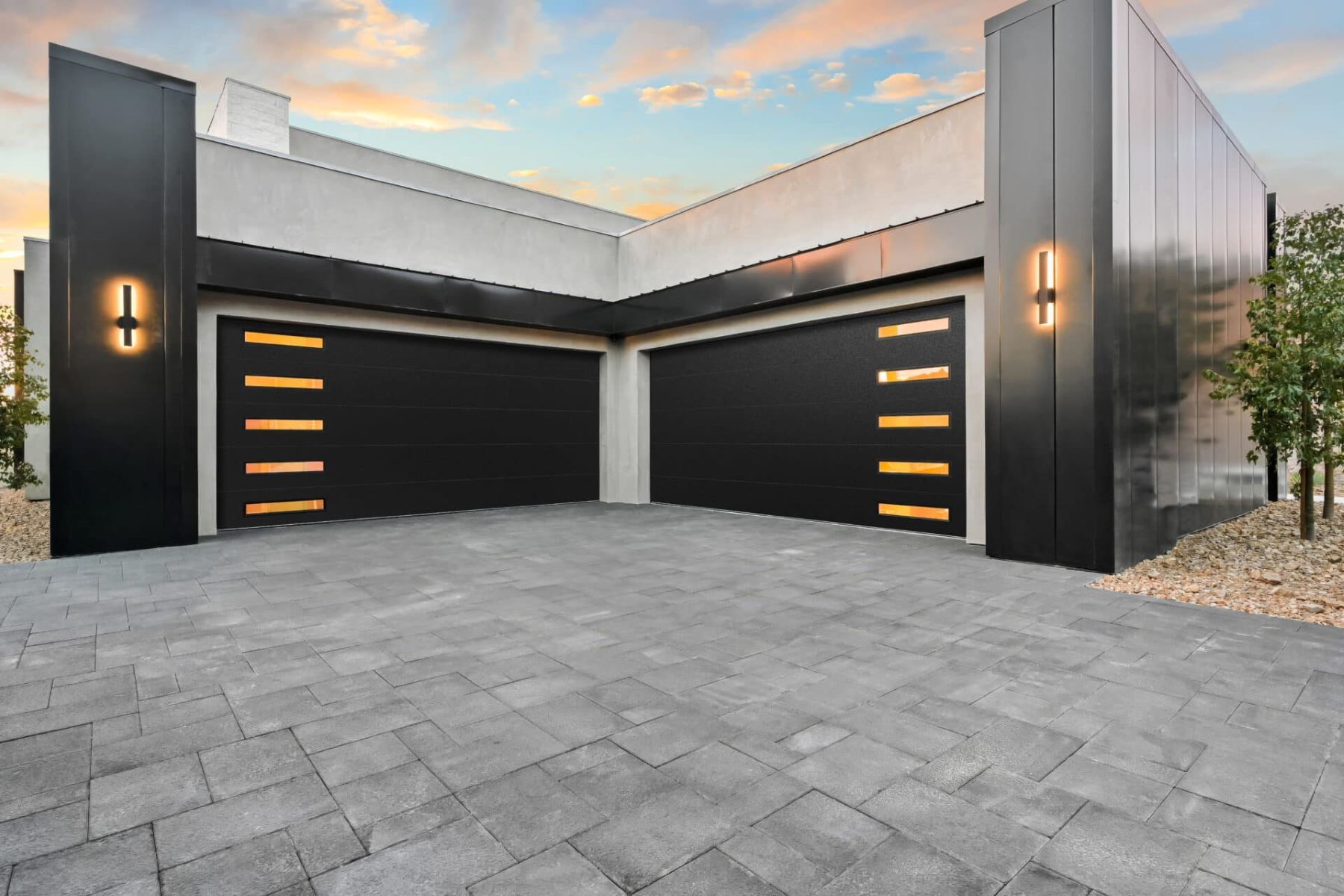
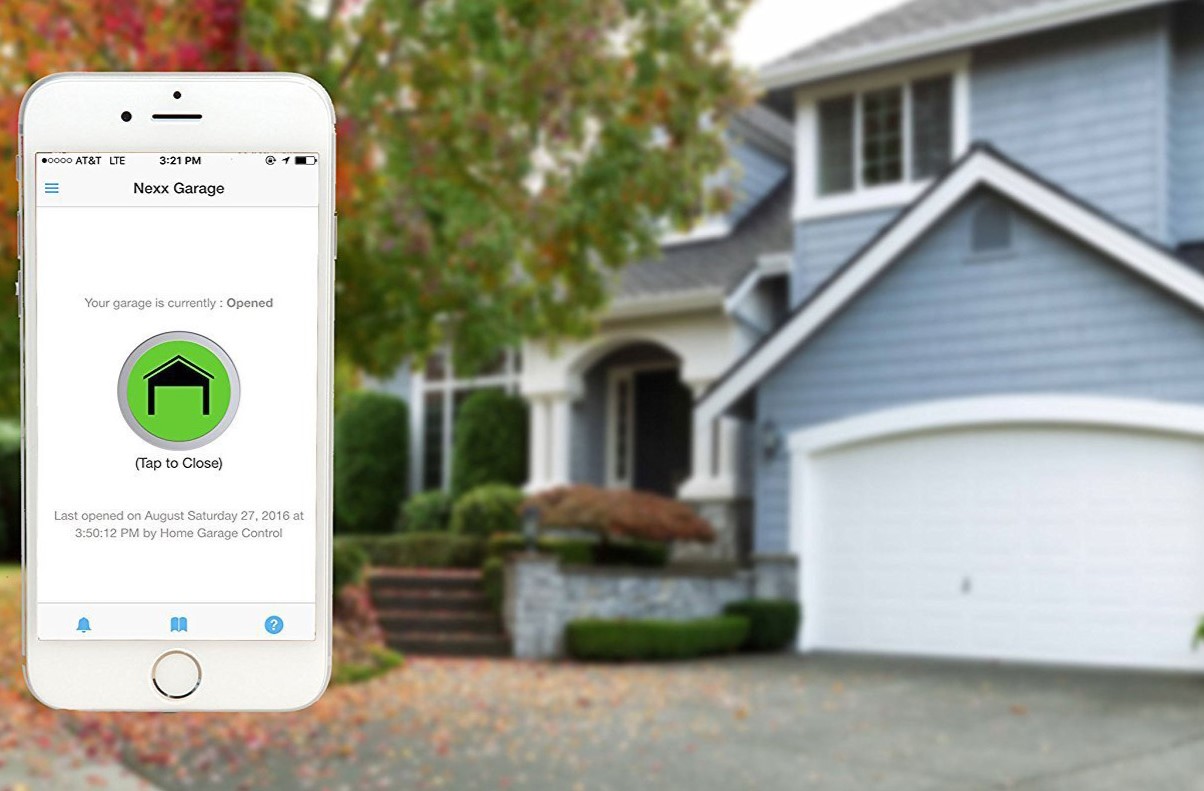
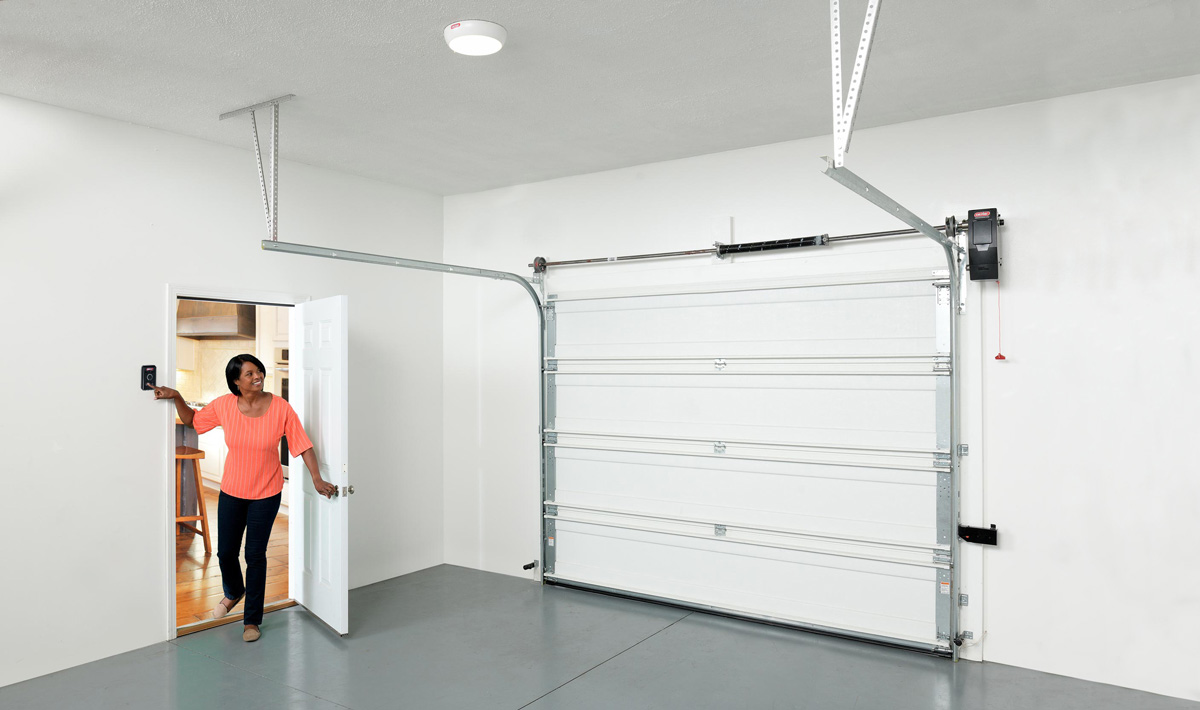
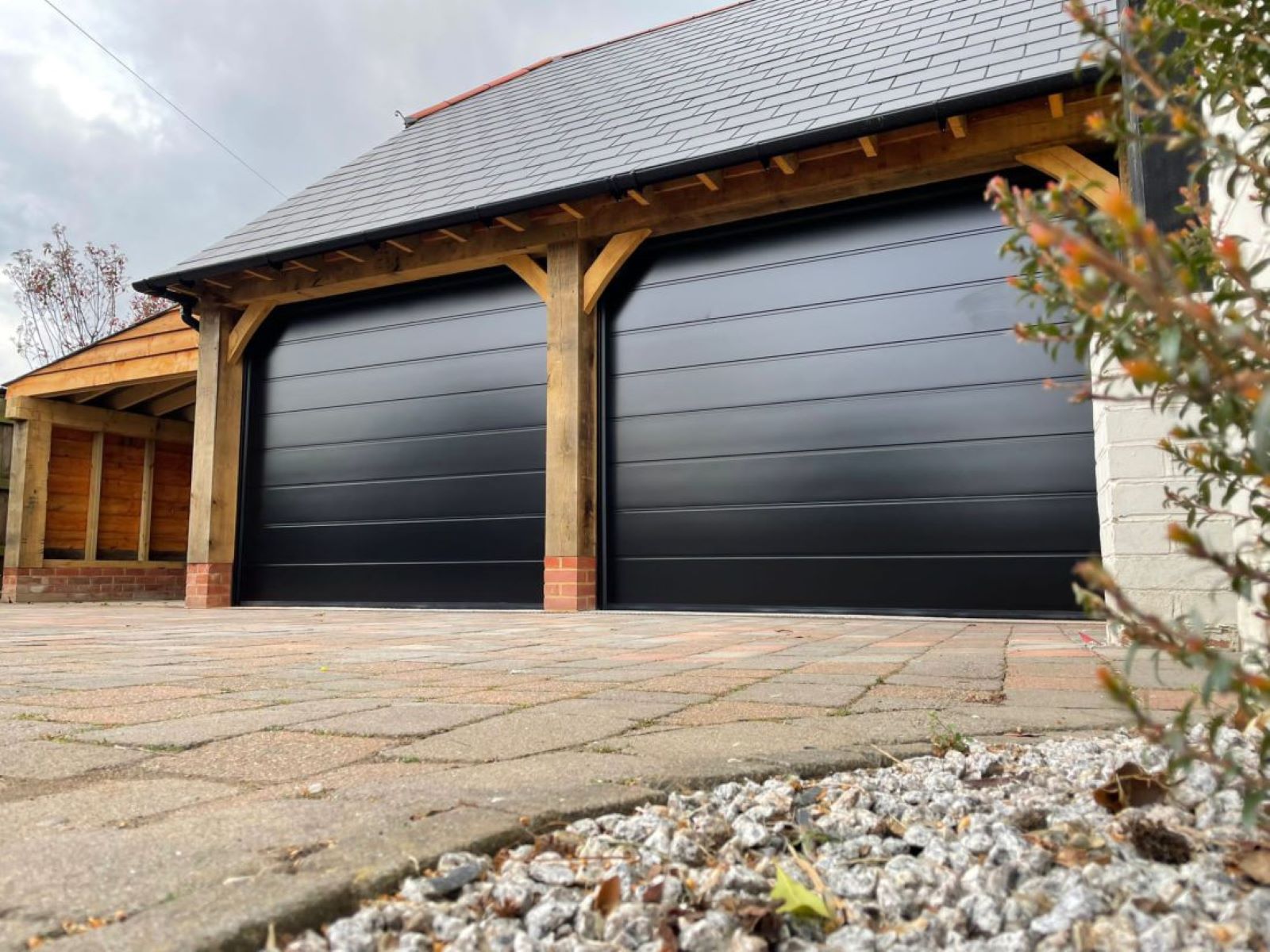
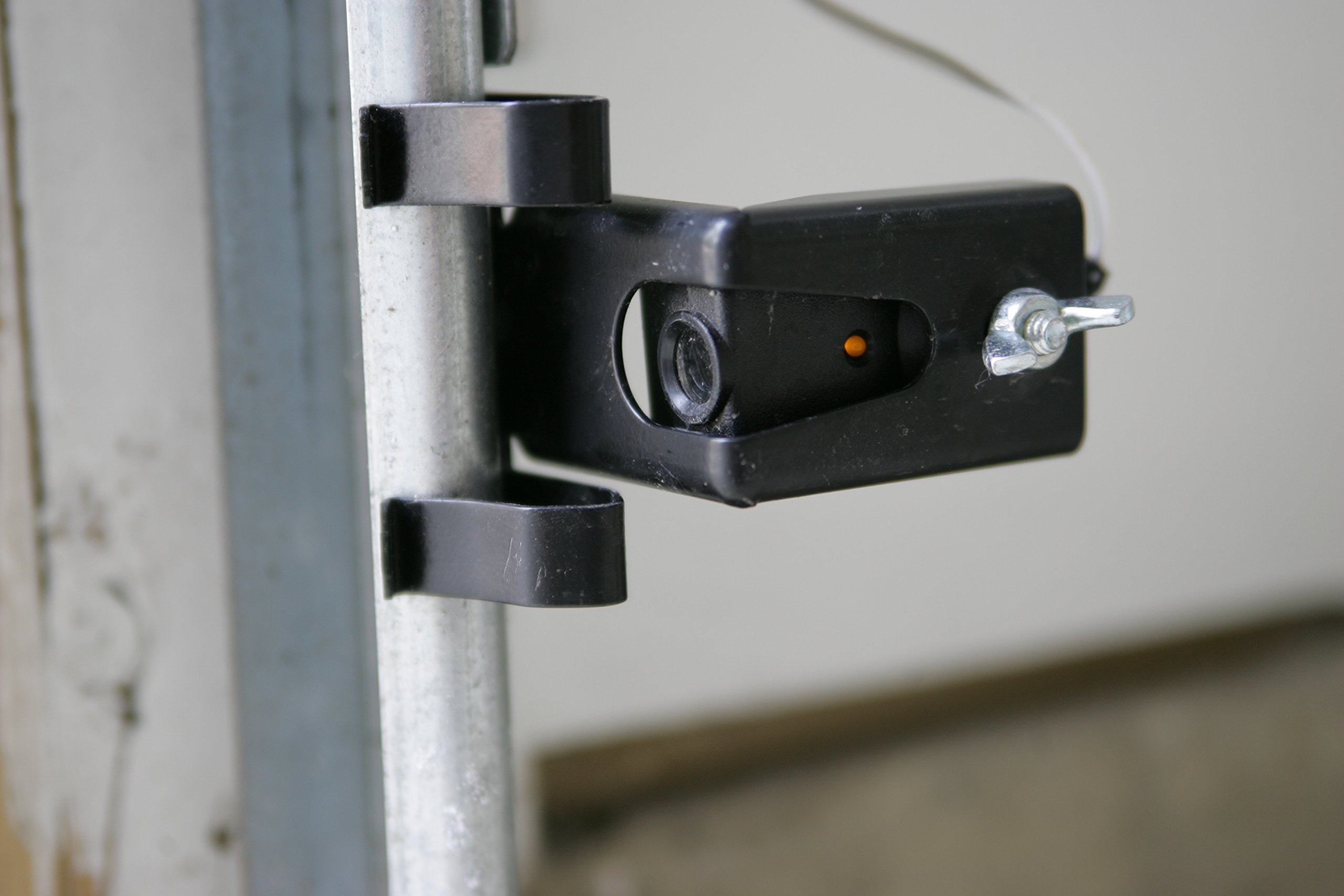
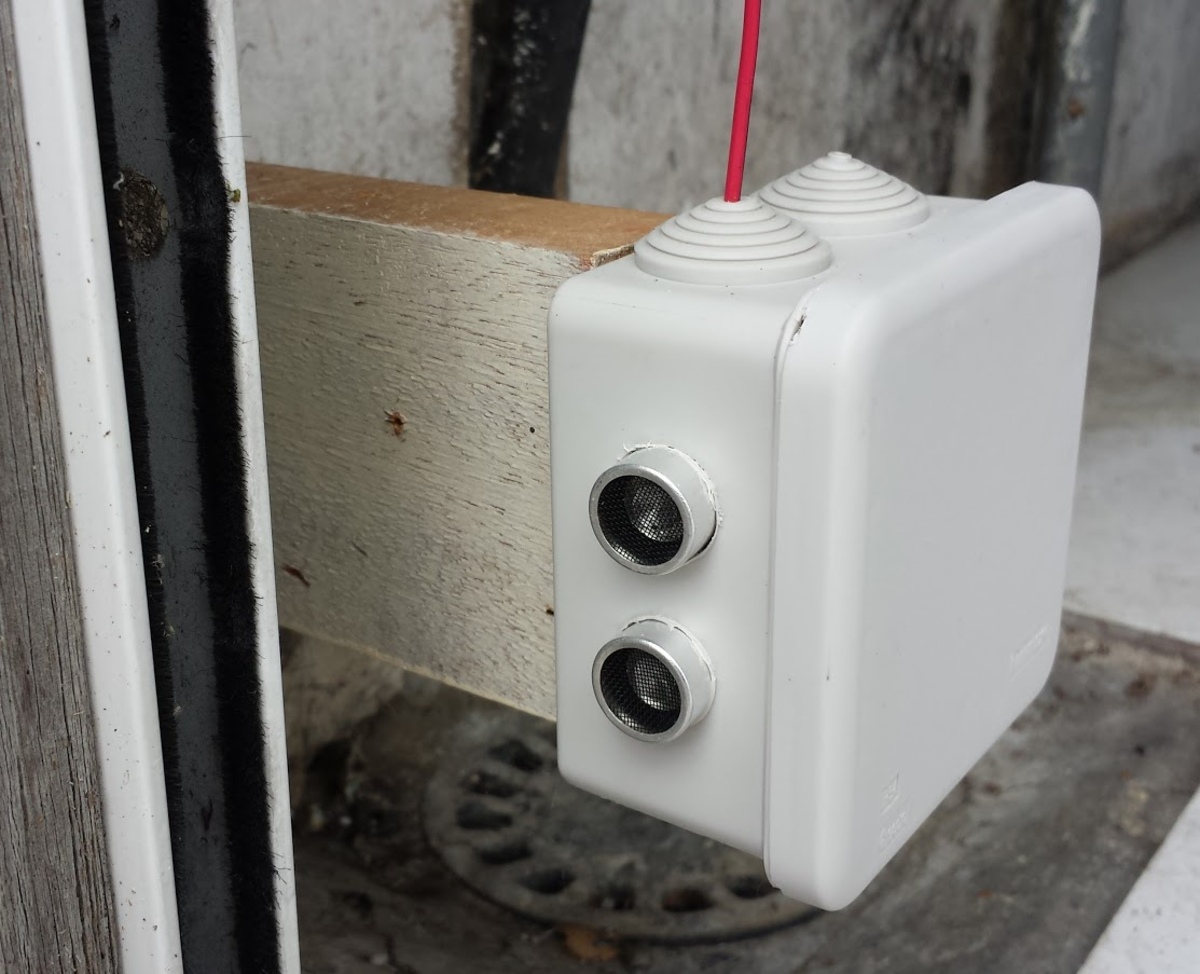
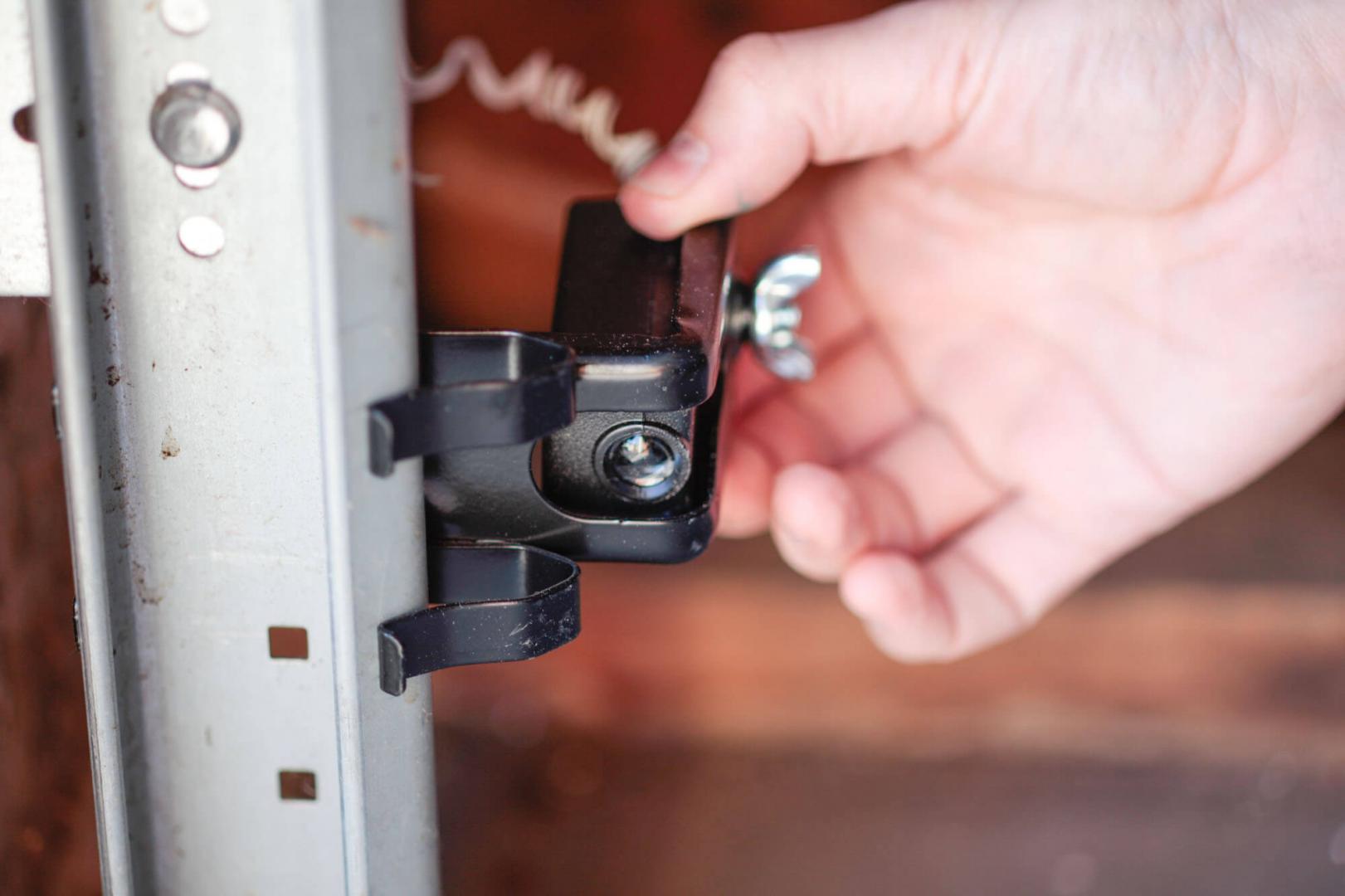

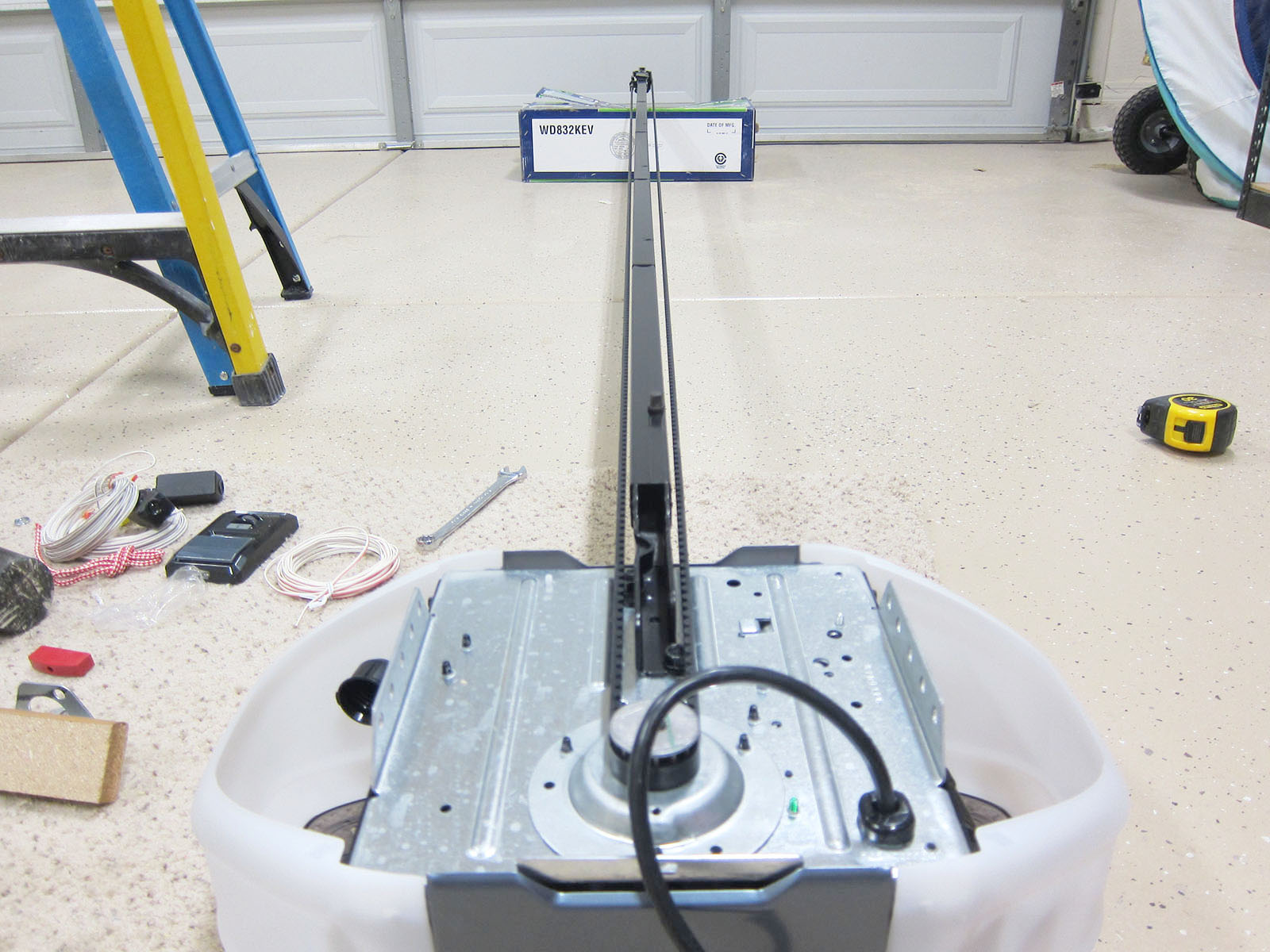
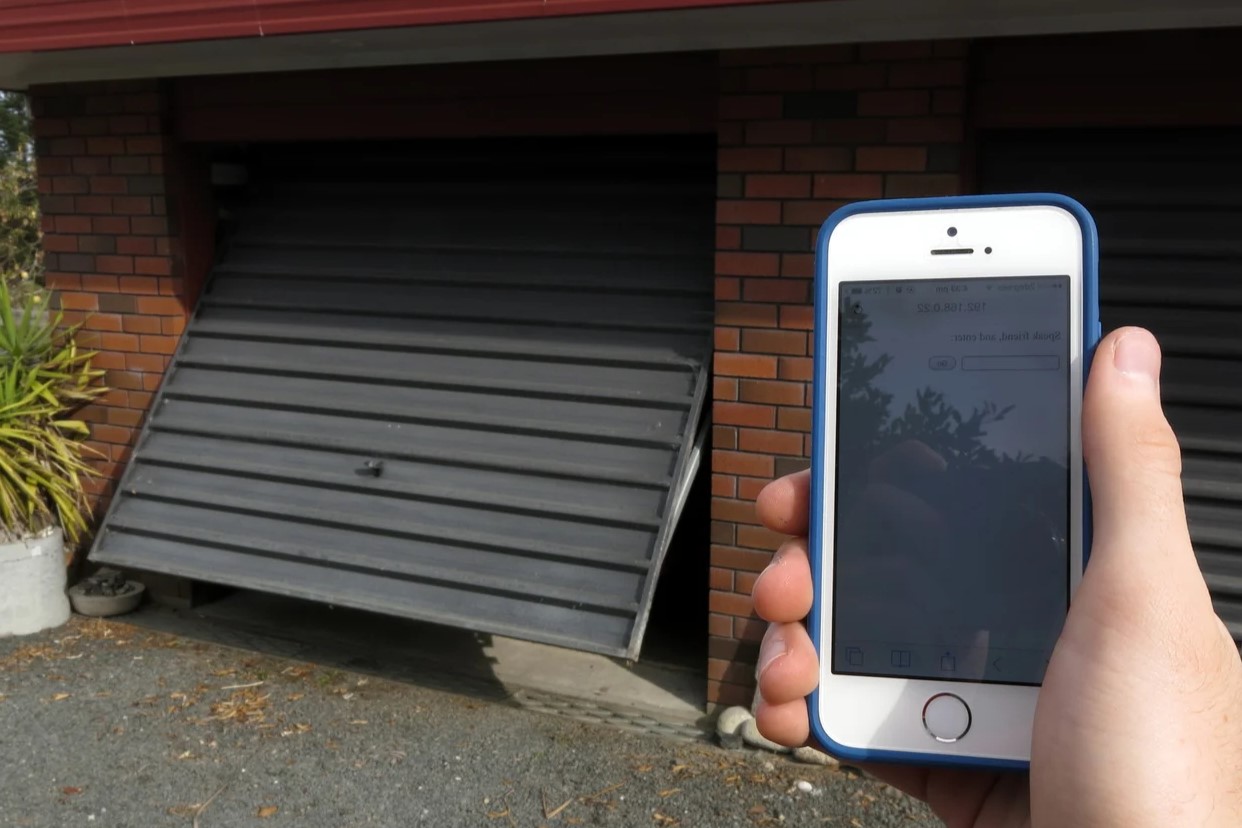
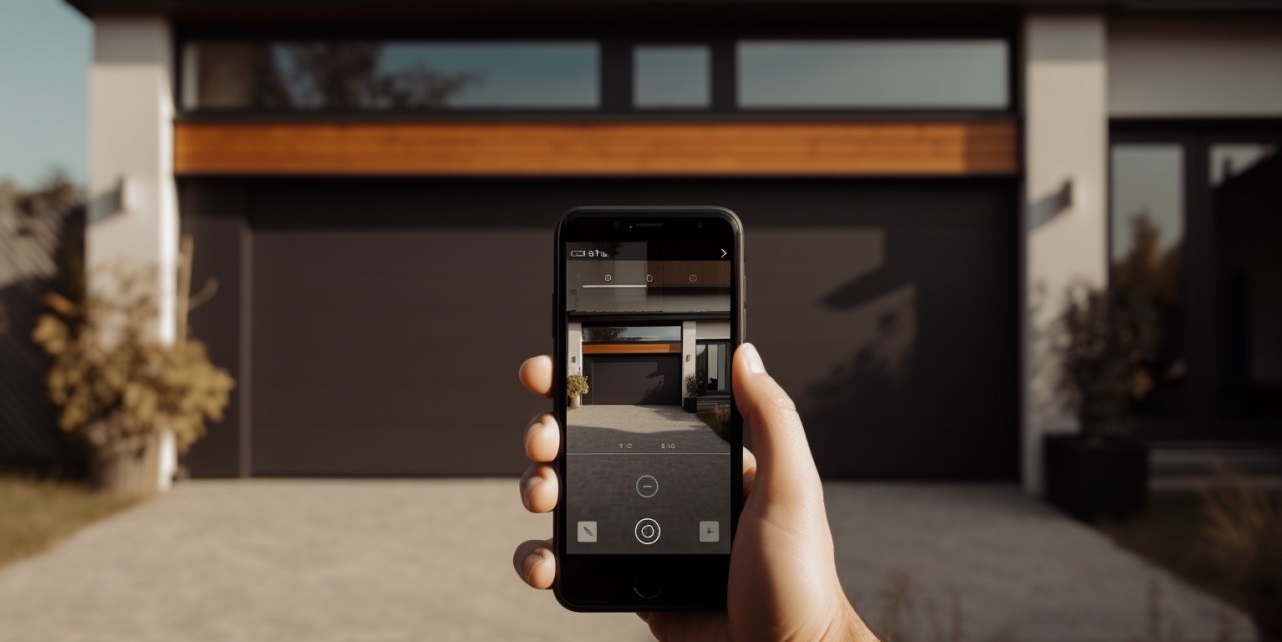

0 thoughts on “Smart Garage Door Opener Safety Sensor Alignment”